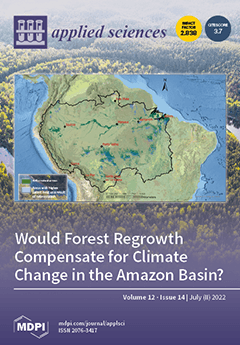Scientific evidence shows that breathing or aerobic programs can improve the quality of life of asthma patients. The aim of this work was to find out the influences of breathing exercises and breathing exercises combined with aerobic exercise on changes in spirometry parameters in patients with bronchial asthma. Participants: The group consisted of 33 women with bronchial asthma—mild to moderate persistent levels of FEV1 reduction (80–50%)—with a mean age of 34.73 ± 1.53 years. They were randomly assigned to experimental group 1 (EX1), experimental group 2 (EX2) or the control group (CG). Materials and methods: Changes in spirometry parameters were evaluated over a 16-week period in the three groups: CG (placebo), EX1 (breathing exercises) and EX 2 (combination of breathing exercises with an aerobic program). To evaluate the pre-training and post-training diagnostics, we used MIR Spirobank II. The influences of the experimental and control factors were assessed using the following dependent variables: forced vital capacity (FVC), forced expiratory volume in one second (FEV1), Tiffeneau–Pinelli index (FEV1/FVC ratio), peak expiratory flow (PEF) and forced mid-expiratory flow (FEF25–75%). We used the Wilcoxon t-test and the Kruskal–Wallis test to evaluate the differences in the measured parameters. To examine the effect of our protocols, we used effect size (ES). Results: In CG we observed improvements in: FVC—(5%;
p < 0.05; ES = 0.437). FEV1—(7.33%;
p < 0.01; ES = 0.585). FEV1/FVC ratio (5.27%;
p < 0.01; ES = 0.570). PEF (11.22%;
p < 0.01; ES = 0.448). FEF25–75% (7.02%;
p < 0.01; ES = 0.628). In EX1 we observed improvements in: FVC (5.23%;
p < 0.01; ES = 0.631), FEV1 (20.67%;
p < 0.01; ES = 0.627), FEV1/FVC ratio (16.06%;
p < 0.01; ES = 0.628), PEF (13.35%;
p < 0.01; ES = 0.627) and FEF25–75% (13.75%;
p < 0.01; ES = 0.607). In EX2 we observed improvements in: FVC (9.12%;
p < 0.01; ES = 0.627), FEV1 (27.37%;
p < 0.01; ES = 0.626), FEV1/FVC ratio (15.32%;
p < 0.01; ES = 0.610), PEF (30.66%;
p < 0.01; ES = 0.626) and FEF25–75% (58.99%;
p < 0.01; ES = 0.626). Significant differences compared to the control group were observed in EX1 for FEV1 (
p < 0.05) and FEV1/FVC ratio (
p < 0.01); and in EX2 for FEV1 (
p < 0.05), FEV1/FVC ratio (
p < 0.01), PEF (
p < 0.05) and FEF (
p < 0.05). A significant difference between EX1 and EX2 was observed in PEF (
p < 0.05). Conclusions: It appears to be that combination of breathing exercises with aerobic activities is a more beneficial option for patients with bronchial asthma.
Full article


